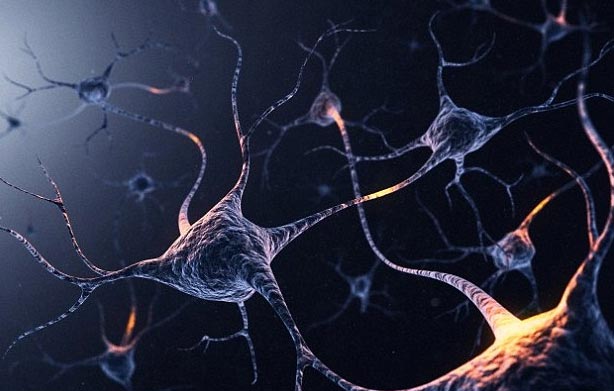Why can sleepwalkers avoid stabbing their heads into walls?
If you still wonder why sleepwalkers (people who are sick and sleeping - PV) are able to move around without crashing into obstacles, including walls or barriers, you have Can find the answer in a new study.
>> Sleepwalking and things you may not know yet
Decode sleepwalking phenomenon

The cells of the orientation system in the brain when we sleep are still active as when we are awake . (Photo: Corbis)
American scientists discovered that the orientation cells in the brain when we sleep still actively act as when we are awake . The finding is based on a discovery last year that the brain's " navigation system ", consisting of scattered cell clusters, gives us a sense of direction.
The research team from the Langone Medical Center of New York University (USA) focused on learning about " early orientation system ", which acts as a compass, in mice. The brain cells in this system are more alert whenever the creature's head points to a certain direction.
Experts have studied brain waves in mice during sleep, including rapid eye phase (REM), when human dream activity is most active and electroencephalogram activity is almost no different from awake. . They found that, during deep sleep, the "compass" of the brain compass in the mouse moved at the same speed as when they were awake.
 . and that's why people with sleepwalking can move here and there while sleeping without colliding with obstacles, such as walls.(Photo: Corbis)
. and that's why people with sleepwalking can move here and there while sleeping without colliding with obstacles, such as walls.(Photo: Corbis)
However, in the slow wave phase of sleep, when brain activity is significantly reduced, the brain compass " needle " accelerates 10 times, proving that the mice " look around " even more when they are awake.
Researcher Gyorgy Buzsaki emphasized: " We have long known that the brain is still working while the master sleeps. However, we are now discovering how it is working to make one of the senses. It seems relatively simple - head orientation - or a sense of where to look at any space. The sense of direction is an essential part of our navigation system, because it can be adjusted. Our compass and our inner maps immediately, such as when we get out of the subway station and try to orient ourselves . "
The discovery could lead to the introduction of new treatments for orientation problems - one of the first important symptoms of Alzheimer's disease and other neurological disorders.
Researchers are now planning to test whether early orientation and finding directions can be electronically controlled and anticipated.
- Lack of sleep can cause sleepwalking
- Discovering 'The Great Wall' of Siberia
- Beautiful photos of the week: Terns snuggle to avoid cold
- The reason people can't walk through walls
- Discover the mysterious ancient wall longer than 100km in Iran
- High-tech house walls
- Snakes have two heads with different personalities
- Tree wall - a modern urban green solution
- Why do dogs tilt their heads when you talk to it?
- The 11 facts that sounded like it didn't make sense, but it would be good to know
- Catch a shark with two heads
- Discovered two ancient walls in the underground in Binh Thuan
 'Fine laughs' - Scary and painful torture in ancient times
'Fine laughs' - Scary and painful torture in ancient times The sequence of numbers 142857 of the Egyptian pyramids is known as the strangest number in the world - Why?
The sequence of numbers 142857 of the Egyptian pyramids is known as the strangest number in the world - Why? History of the iron
History of the iron What is alum?
What is alum?